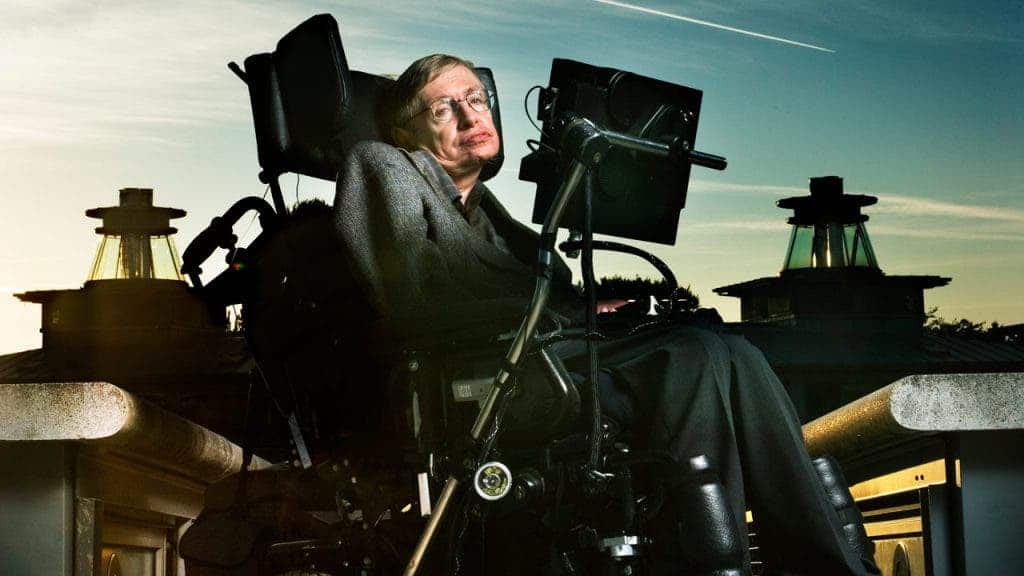Nothing can escape a black hole, not even light, any scientists schooled in modern physics will tell you. Eminent British physicists, Stephen Hawking, suggests however that information is still retained at the boundary of black holes, known as the event horizon — an amazing new black hole fact!

Quantum mechanics dictates that anything – that is, matter and energy – can be broken down into information, strings of 1s and 0s for instance. A consequence of this rule is that information should never disappear, not even if the matter or energy it’s linked to is being sucked by a black hole. This hypothesis, however, contradicts Einstein’s theory of general relativity which suggests the information should be destroyed by a black hole. This is the information paradox, as physicists call it.
Hawking says that the information isn’t destroyed by a black hole because it never makes through inside. Instead, it’s trapped at the event horizon – the boundary in spacetime through which matter and light can only pass inward towards the mass of the black hole. At this boundary layer, the information is stored as a 2D hologram or super translation. A hologram is a 2D description of a 3D object.
“The idea is the super translations are a hologram of the ingoing particles,” Hawking explained.
“Thus, they contain all the information that would otherwise be lost.”
It’s not clear even that matter is being sucked by the black hole, either. The matter might also be transformed into a hologram, though there’s no consensus on this.
“Nobody really understands the details of how this happens – this is what Hawking is trying to work out and what other related ideas ‘fuzzball’ and ‘firewall’ explore too,” Prof Marika Taylor, a theoretical physicist at the University of Southampton, told BBC News.
If the information can be stored, can it be read? Theoretically, if you could tap this information somehow you would be able to reconstruct all the events that caused matter to plunge into the black hole. Think of a black hole as a paper shredder; documents are ripped to pieces and become unreadable, but if put all the paper strings together it’ll make sense. In the 1970s, the same Hawking introduced the concept of Hawking radiation – photons emitted by the black hole itself due to quantum fluctuations. Initially, Hawking thought the photons carried no meaningful information but has since changed his mind. This Hawking radiation might be a means for information to escape the black hole. The downside is that it’s in a “chaotic, useless form,” says Hawking, adding: “for all practical purposes the information is lost.”
For now, details are sketchy. Hawking and collaborators will publish a paper at the end of the month expanding on the subject.
“The message of this lecture is that black holes ain’t as black as they are painted. They are not the eternal prisons they were once thought,” Hawking said during a public lecture on Monday held in Stockholm. “Things can get out of a black hole both on the outside and possibly come out in another universe.”


